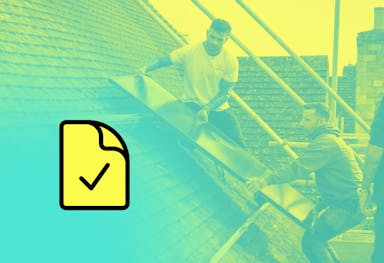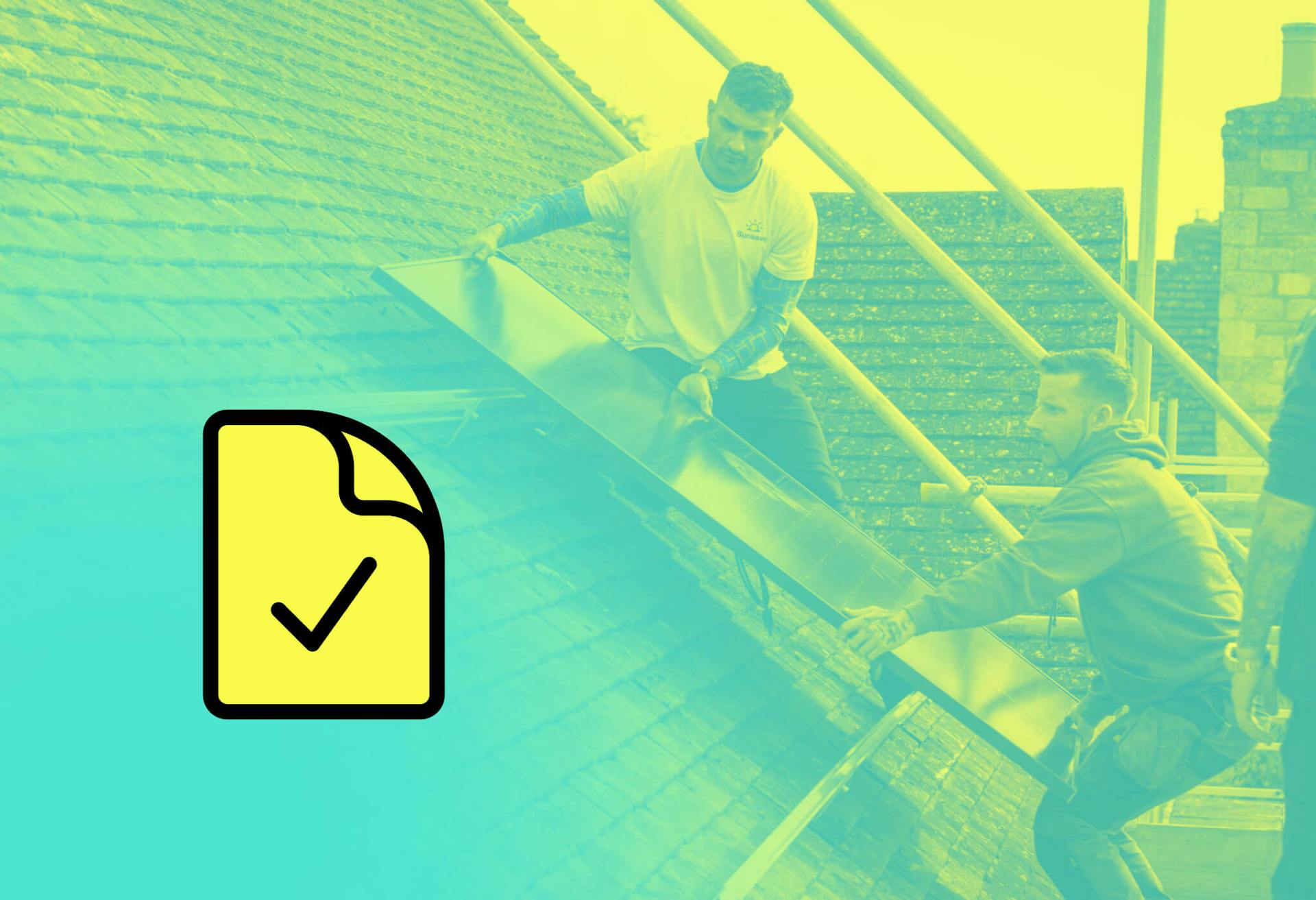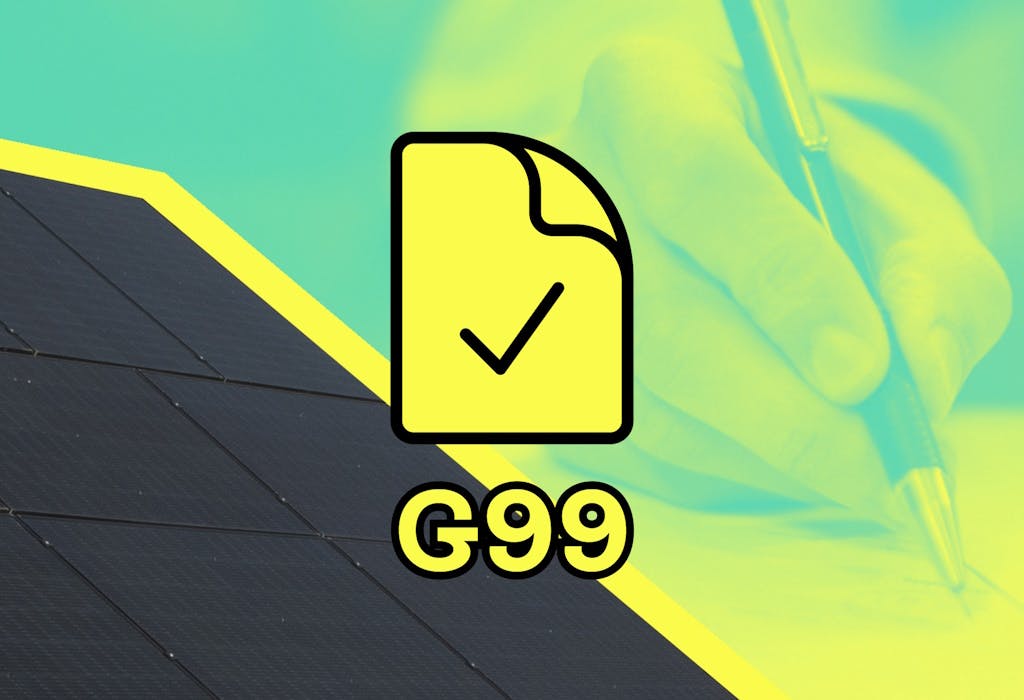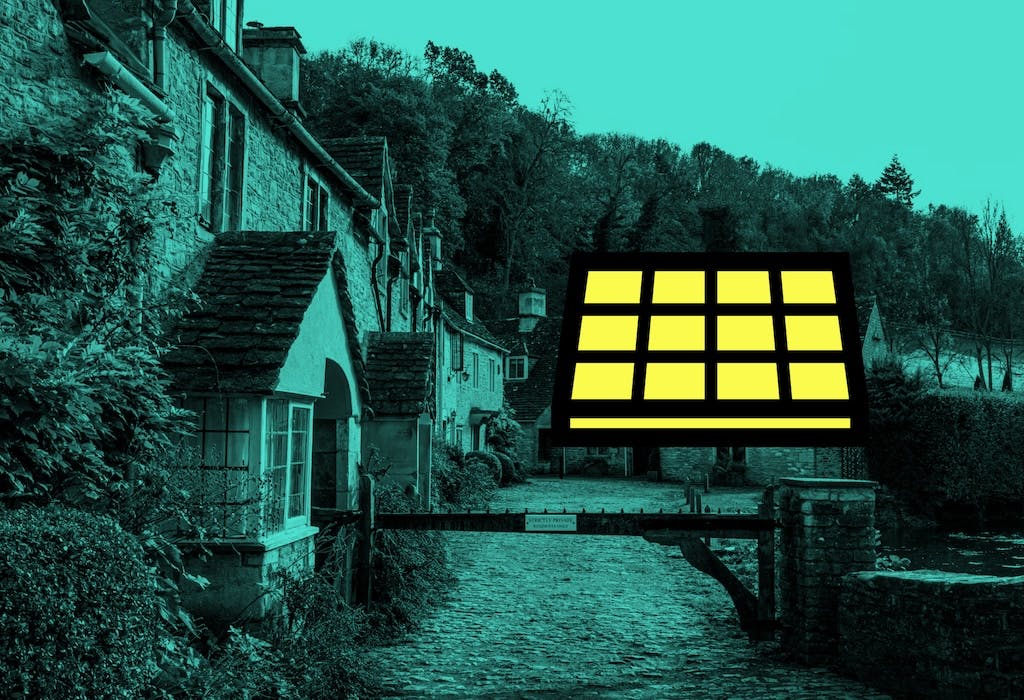- Solar advice hub
- Planning-permission
- Building regulations for solar panels: explained
Building regulations for solar panels: explained
Here are the building regulations for solar panels, how they differ from planning permission, and how to comply with them.


Why you can trust our content
We know that the solar industry is full of misinformation, but we only use reliable sources, including:
- Our experienced solar experts, installers and system designers
- Our own database of solar & battery system designs
- Authoritative bodies like MCS and the UK government




Calculate savings
What kind of home do you live in?
Calculate savings
What kind of home do you live in?
Solar building regulations: at a glance
When you’re making any change to your property, you want your tradesperson to follow all the building regulations, so you’re able to enjoy the benefits without any complications.
Solar panels are no different. If you choose an installer with the right accreditations, your system can save you hundreds of pounds per year, increase the value of your home, and reduce your carbon footprint.
But if your installer doesn’t follow building regulations, your system may not work, may damage your home, and may require you to make expensive alterations.
In this guide, we’ll explain which building regulations apply to solar panels, how they differ from planning permission, and how to ensure your installation complies with them.
If you would like to see the savings you could get from a solar & battery system, answer a few quick questions below, and we’ll provide an estimate.
Find out how much you can save
What kind of home do you live in?
Are there building regulations for solar panels?
There are building regulations for solar panels, as there are for most home improvements.
These government regulations are frequently updated to ensure that any alterations made to properties don’t threaten the safety or health of people who live or work in them.
Your installer must therefore gain building regulations approval from your local authority for their solar panel system plan before they can proceed.
They will have to prove your roof can comfortably support the weight of your chosen solar panel system, ensure your electrical connections are safe, and guard against fire risks by using approved materials.
The plan should also include sufficient ventilation around the panels, to stop them from overheating.
Are building regulations the same thing as planning permission?
Building regulations are not the same thing as planning permission.
Whereas building regulations compel and enable tradespeople to keep properties safe for people to be in, planning permission simply allows them to proceed with the project.
Rooftop solar installations always need building regulations approval, but rarely require planning permission.
This is because they generally fall under permitted development rights, which allow homeowners to make reasonably sized changes without getting permission.
The exceptions to this rule are typically flats, listed buildings, homes in conservation areas, and ground-mounted installations.
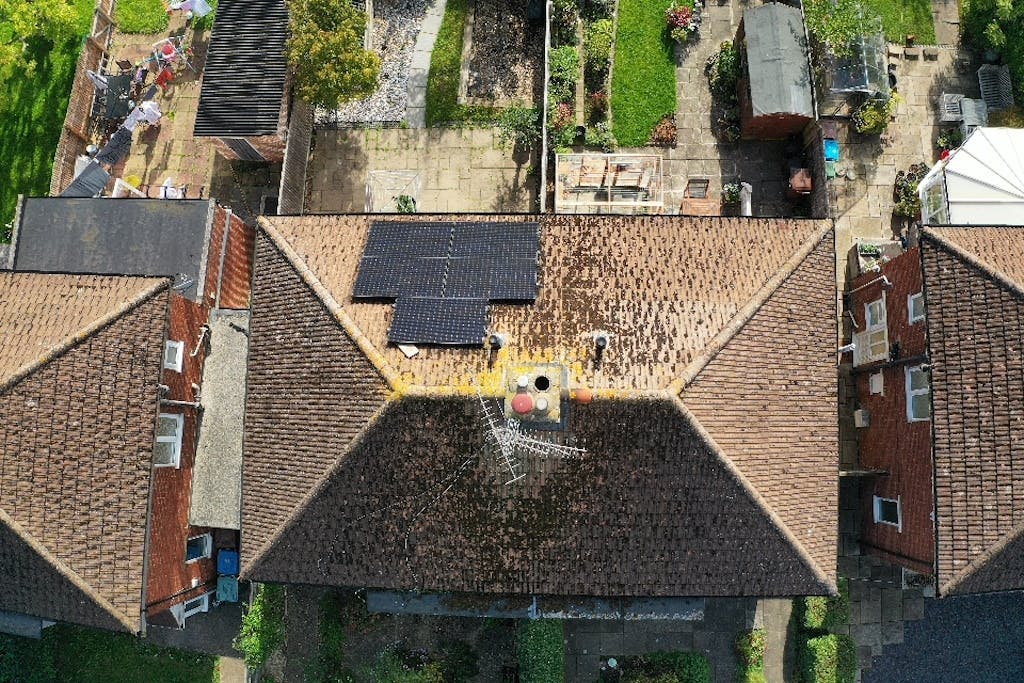
What are the building regulations for solar panels?
Your solar panel installer will mainly focus on the building regulations that apply to structural safety, electrical safety, and ventilation.
However, tradespeople have to comply with all building regulations while carrying out any job.
This includes using materials that have been approved by relevant certification bodies, to ensure your solar installation doesn’t endanger any occupants.
Your installer is legally bound to adhere to all building regulations. If they don’t, your local authority may serve you with an enforcement notice.
Structural safety
Installers must only fit solar panels if they’re sure your roof can hold their weight, and carry on doing so for up to 40 years.
Fortunately, most roofs in the UK are built to hold much more than a solar panel system, which usually weigh around 20kg per square metre when everything’s included.
If you have a flat roof, hipped roof, or vaulted ceiling, your installer will likely arrange an in-person structural survey to make sure your home can hold the system without complaint.
If there are any issues, your installer may recommend – or insist – that you hire a tradesperson to carry out some strengthening work.
In most cases, this will involve either replacing parts of your roof’s truss – which is the internal frame that holds up your roof – or installing more supporting elements, such as additional rafters.
Electrical safety
Your installer has to ensure the electrical safety of the solar panel system, with the aim of protecting everyone who lives or works in the building, and any tradespeople who service the installation in future.
Your solar panel system has to be isolated from your mains electricity, so engineers are able to safely perform maintenance and servicing whenever your system needs it.
They must protect against overvoltage and overcurrent by using the appropriate fuses and circuit breakers, which helps the system avoid damaging itself or the building.
They’ll only use the cabling and connectors approved by the relevant bodies, and will install safety switches to protect you and them from electric shocks.
The installation won’t usually need earthing, but if it’s necessary, an installer must also provide this service. Earthing is where you create a path for electricity to flow to the ground.
It can protect you from electric shocks, and ensure the flow of electricity stops when there’s a fault.
Your installer must also leave you with certificates, documents, and notes explaining the standard and nature of the work they’ve done.
This information should allow a trained professional to, according to the government’s guidelines, “operate, maintain or alter an electrical installation with reasonable safety.”
It may include operating instructions, logbooks, detailed plans, and/or permanent labels that clearly mark electrical connections, switches, and fuse boxes.
Ventilation
Solar panel systems produce a fair amount of heat, from the panels themselves and connected equipment like inverters, cables, and solar batteries.
This heat must be ventilated properly – or simply given the opportunity to disperse – so none of these parts overheat.
If the panels are installed on your roof, the engineer must leave enough space under and to the sides of the system to allow heat to escape.
And they should do the same for your battery and inverter, whether they’re located in your loft, your garage, or an alleyway to the side of your property.
How to ensure your solar panels comply with building regulations
The easiest, most effective way to ensure your solar panels comply with building regulations is to hire an installer who’s part of a Competent Person Scheme for microgeneration technology, like NAPIT (the National Association of Professional Inspectors and Testers).
Installers accredited by the likes of NAPIT can submit a building regulations application on your behalf.
Not only does this take a heavy, complex burden away from you, but it also means your project is likely to be approved much more quickly, as your installer can use their expertise and experience to ease its passage.
Once your installer has commissioned your system – that is, installed it, turned it on, and run all the necessary tests to check it’s working correctly – they’ll hand over documentation that proves your solar panels meet all the required regulations.
So if you use one of the best installers – like Sunsave, which is NAPIT-accredited – you can be sure that your panels will be up to the necessary standards, and that you’ll be left with the certificates to prove it.
What happens if your solar panels don’t comply with building regulations?
If your solar panels don’t comply with building regulations, they may not function properly.
At best, this would make your system an expensive waste of money that leads you to miss out on thousands of pounds in savings – and at worst, it could pose a serious risk to you and your property.
Additionally, when your local authority finds out about your system that violates building regulations, you’ll be served with an enforcement notice.
This legal document will compel you to either remove the entire system or bring it up to standard by making potentially costly changes to the installation, your home, or both.
If you still don’t comply, you’ll face an unlimited fine – and when deciding how much you’ll be fined, the court will take into account any financial benefit you’ve received or could receive from using your panels.
Your local authority can also apply for a Confiscation Order to take away any money you’ve earned with your system – so there’s absolutely no benefit to installing solar panels that don’t meet building regulations.
Summary
It’s crucial that your solar installation follows all building regulations.
Not complying with these rules can be expensive and damaging to your home, and deprive you of all the money-saving benefits that solar panels provide.
To ensure your system earns the completion certificate that shows it meets all requirements, you should use an installer that’s part of a Competent Person Scheme like NAPIT.
Sunsave is NAPIT-accredited, Trustmark-accredited, and a Which? Trusted Trader.
If you’re wondering how much a properly installed solar & battery system could save you, simply answer a few quick questions below, and we’ll calculate an estimate.
Find out how much you can save
What kind of home do you live in?
Solar panel building regulations: FAQs
Related articles

Written byJosh Jackman
Josh has written about the rapid rise of home solar for the past six years. His data-driven work has been featured in United Nations and World Health Organisation documents, as well as publications including The Eco Experts, Financial Times, The Independent, The Telegraph, The Times, and The Sun. Josh has also been interviewed as a renewables expert on BBC One’s Rip-Off Britain, ITV1’s Tonight show, and BBC Radio 4 and 5.


